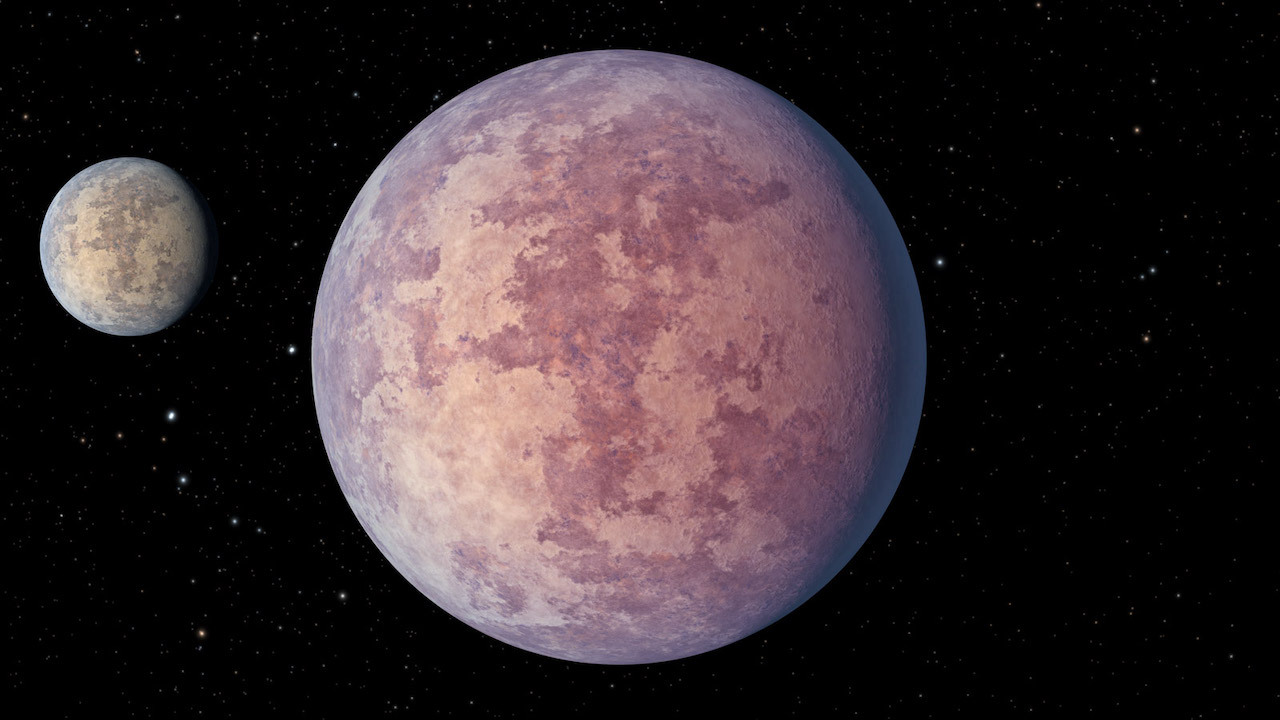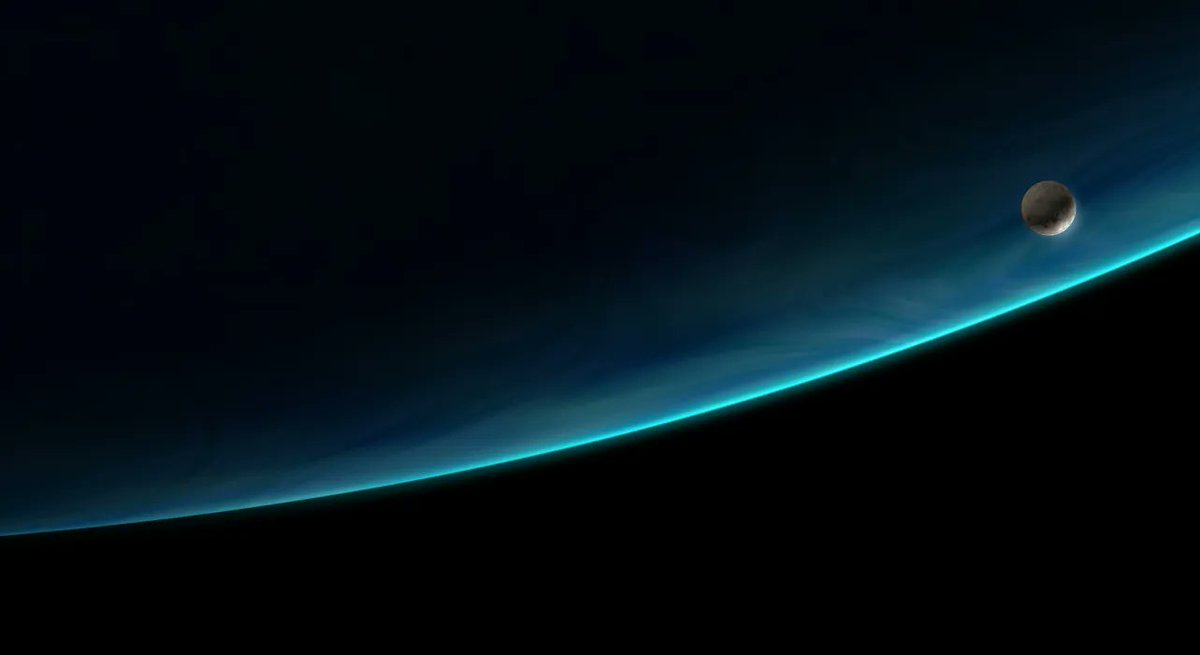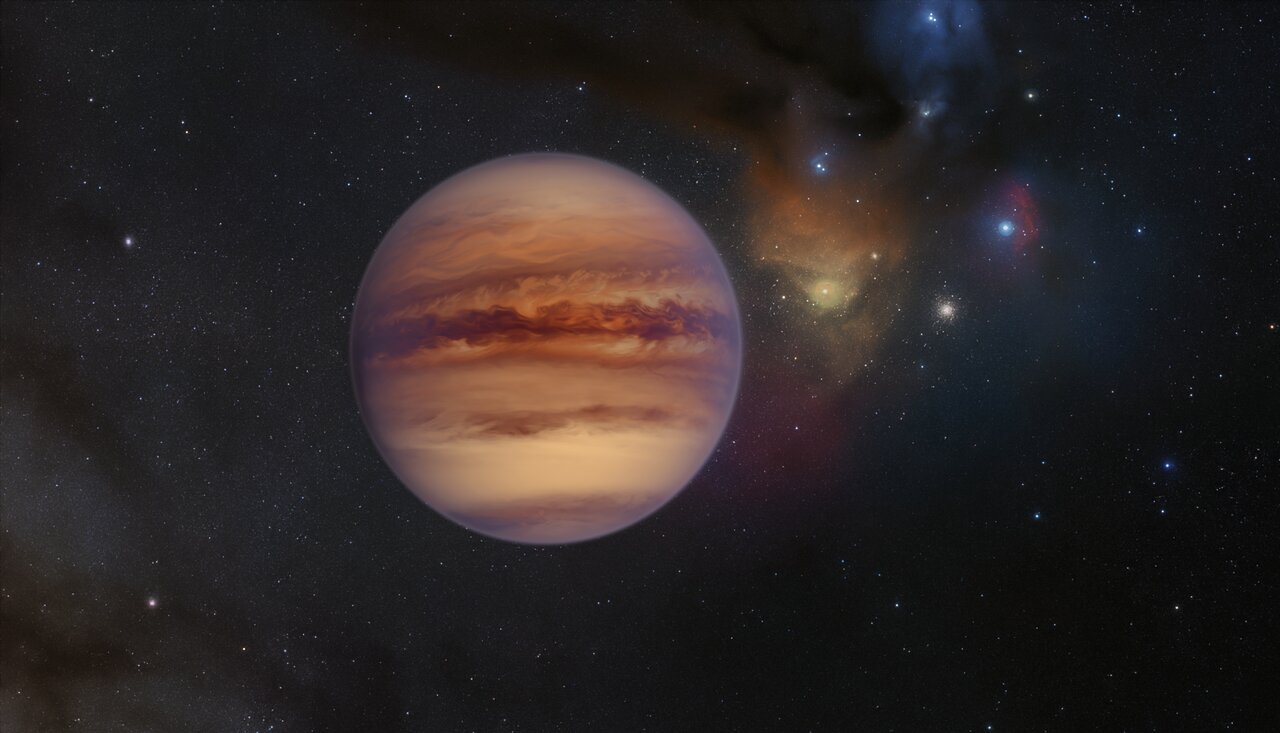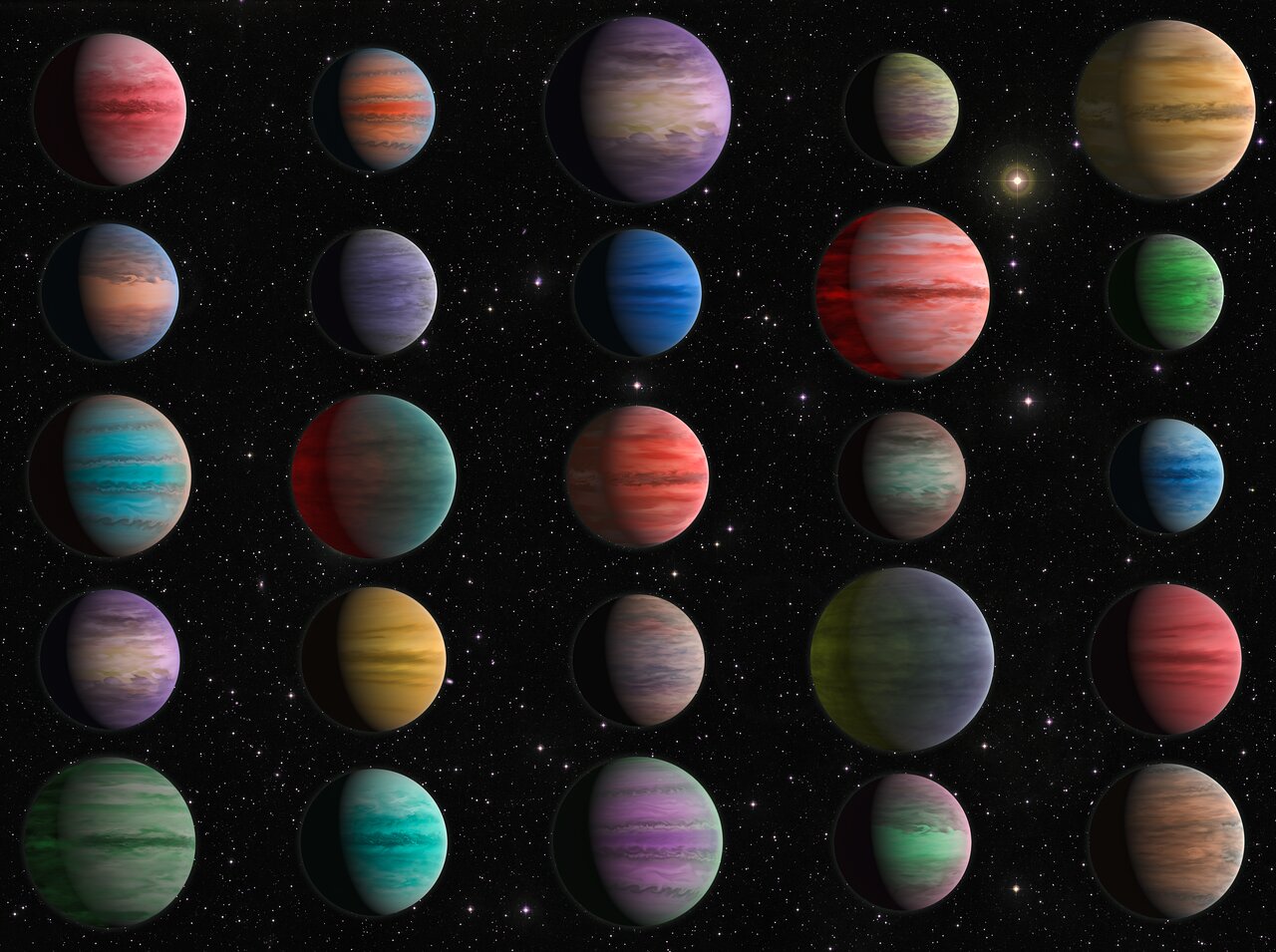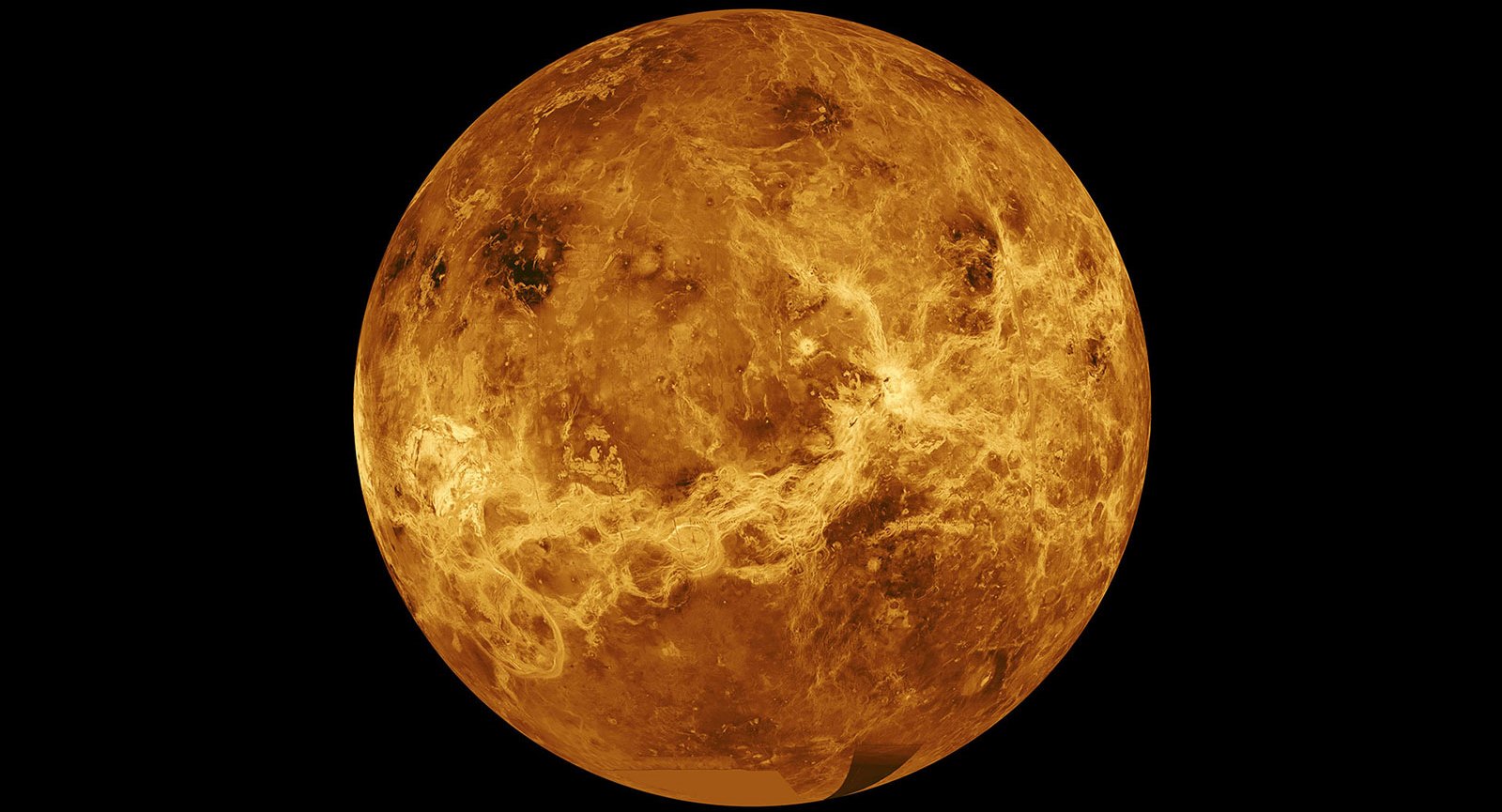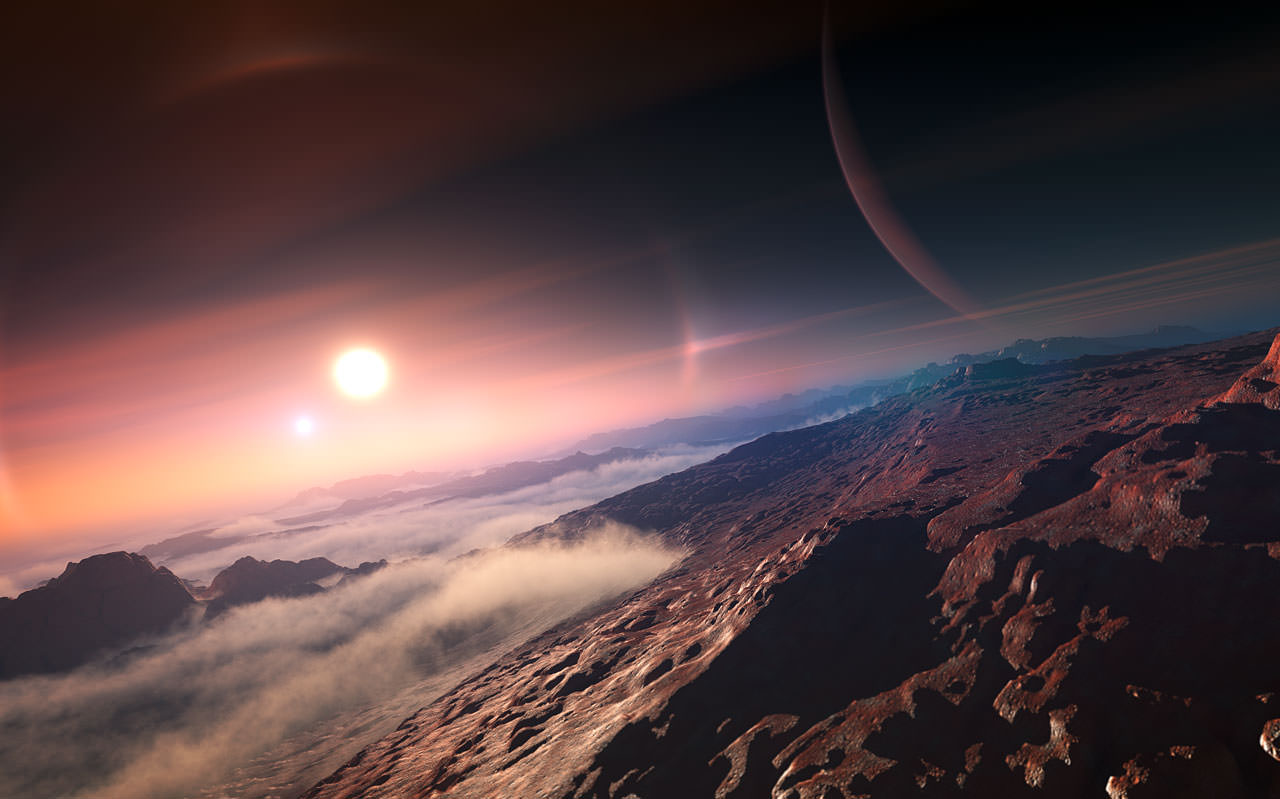Have you ever seen wispy arcs and rings in astronomical images taken by the Hubble Space Telescope and other observatories? These unusual features are caused by a quirk of nature called gravitational lensing, which occurs when light from a distant object is distorted by a closer massive object along the same line of sight. This distortion effectively creates a giant lens which magnifies the background light source, allowing astronomers to observe objects embedded within those lens-created arcs and rings that are otherwise be too far and too dim to see.
A group of researchers are working on plans to build a spacecraft that could apply this quirk by using our Sun as a gravitational lens. Their goal is to see distant exoplanets orbiting other stars, and to image an Earth-like exoplanet, seeing it in exquisite detail, at a resolution even better than the well-known Apollo 8 Earthrise photo.
Continue reading “Using the Sun as a Gravitational Lens Would Let Us See Exoplanets With Incredible Resolution”

